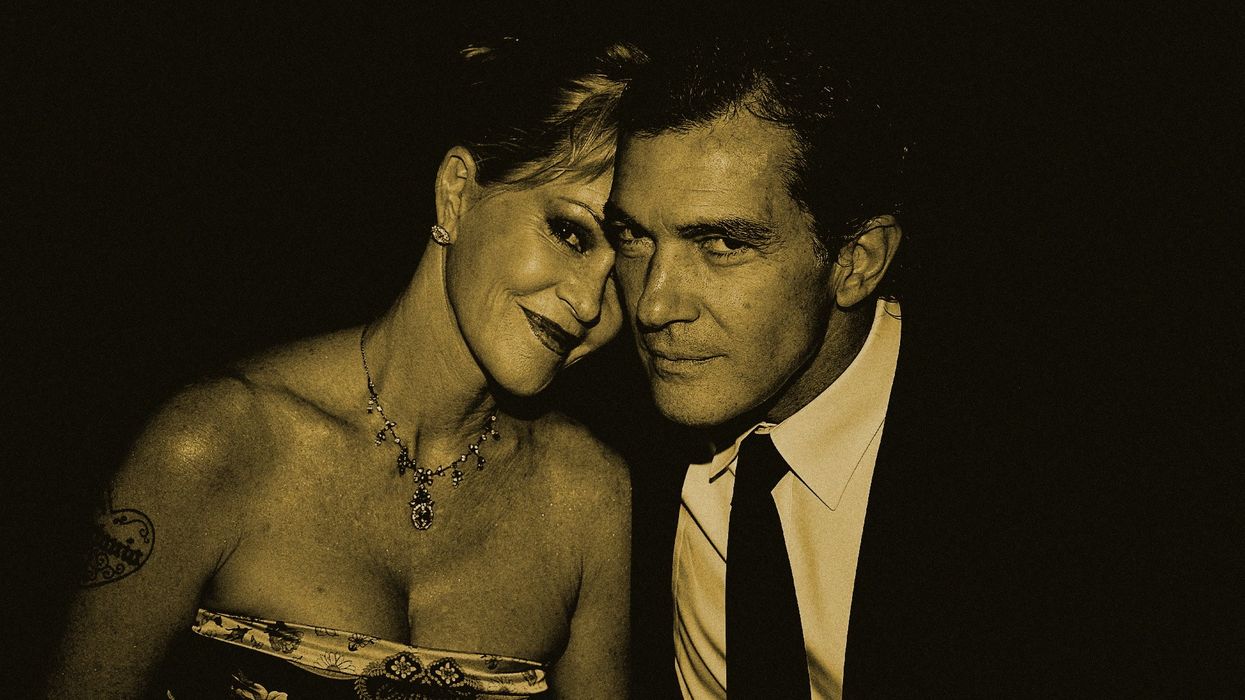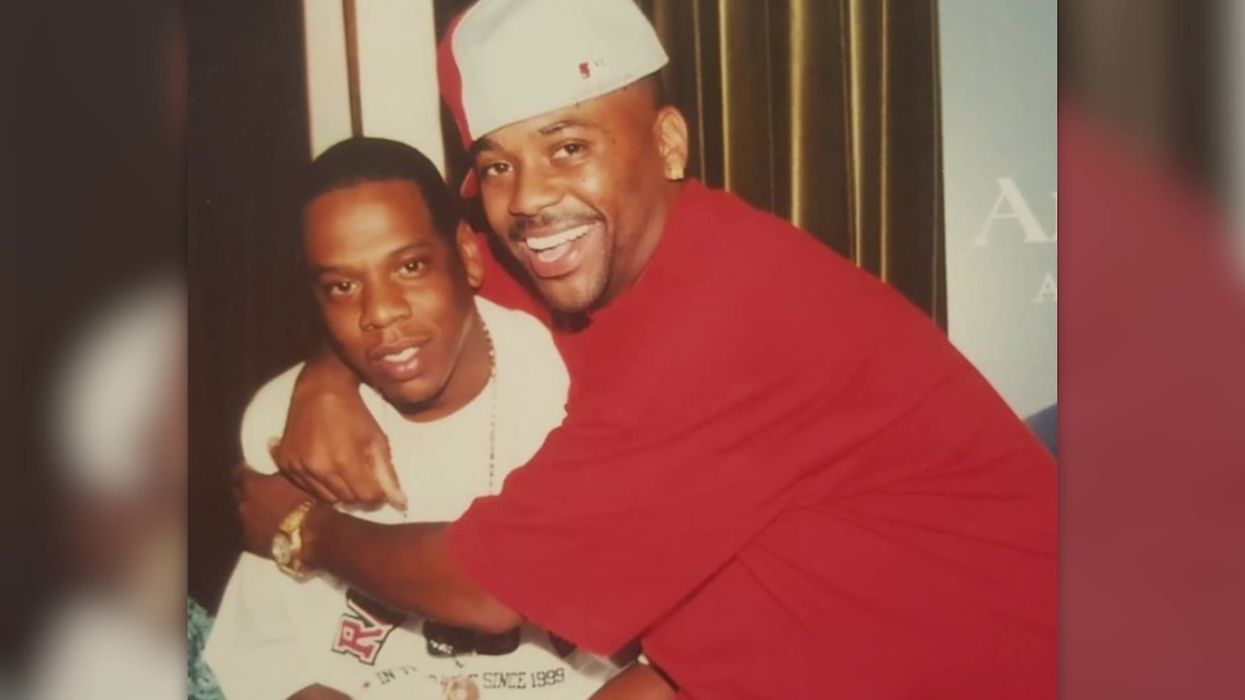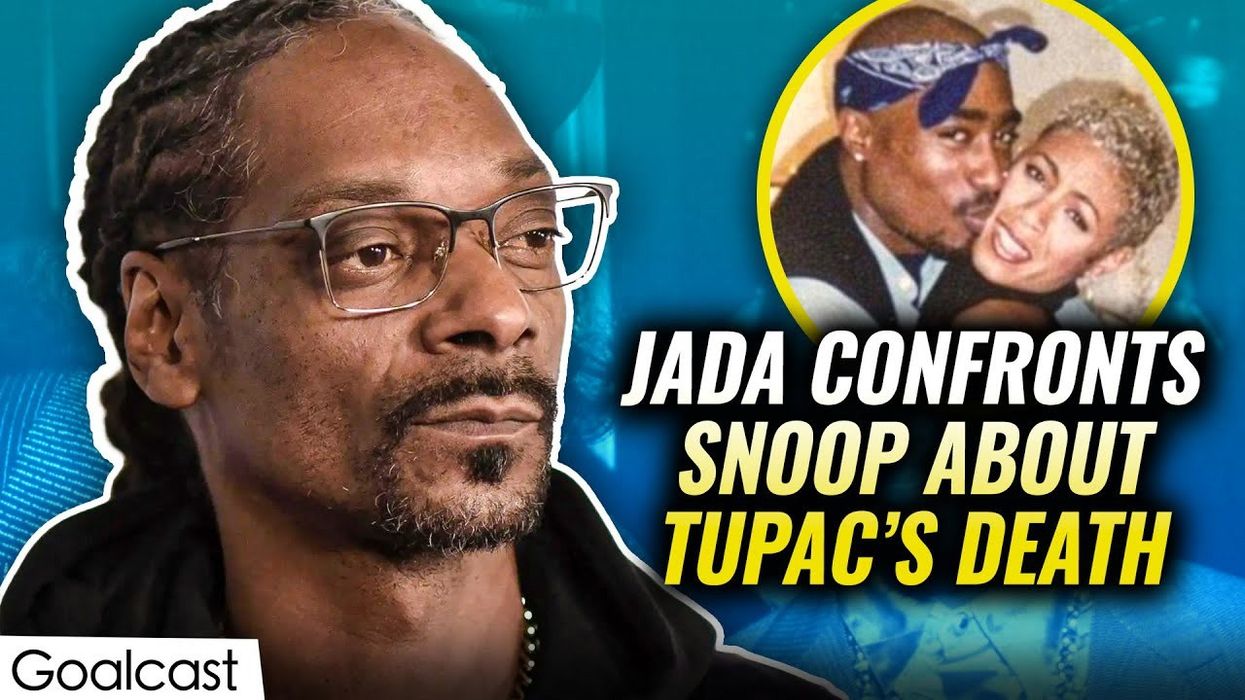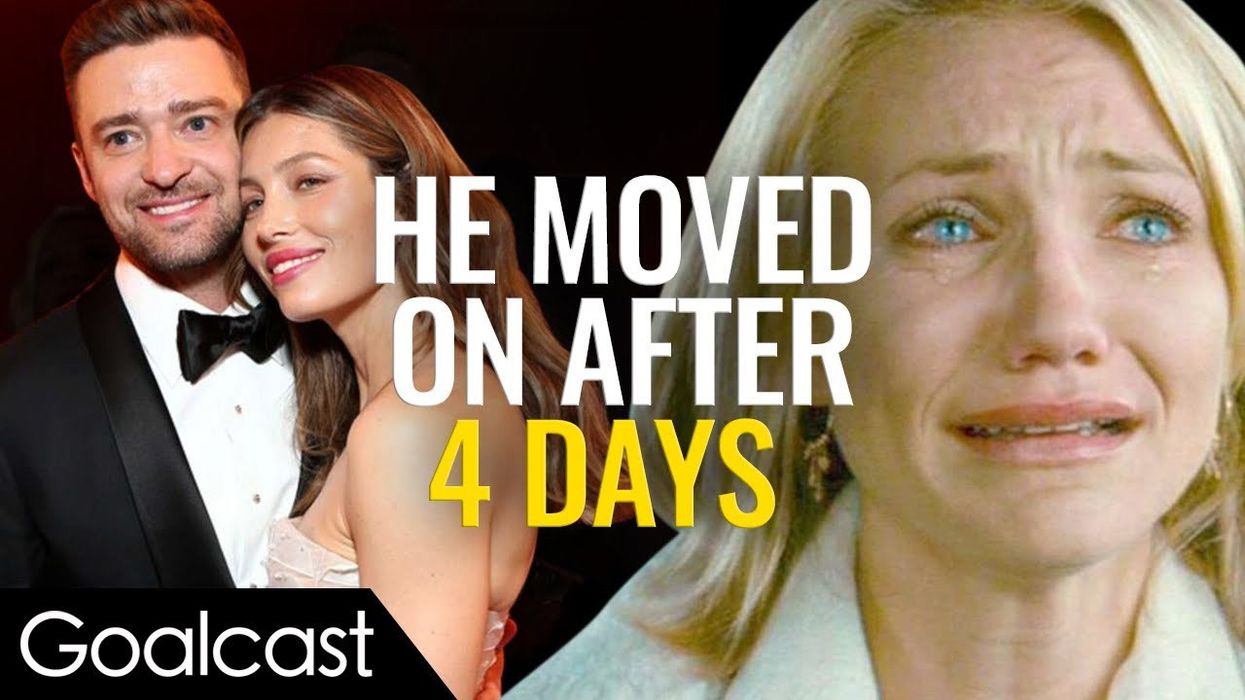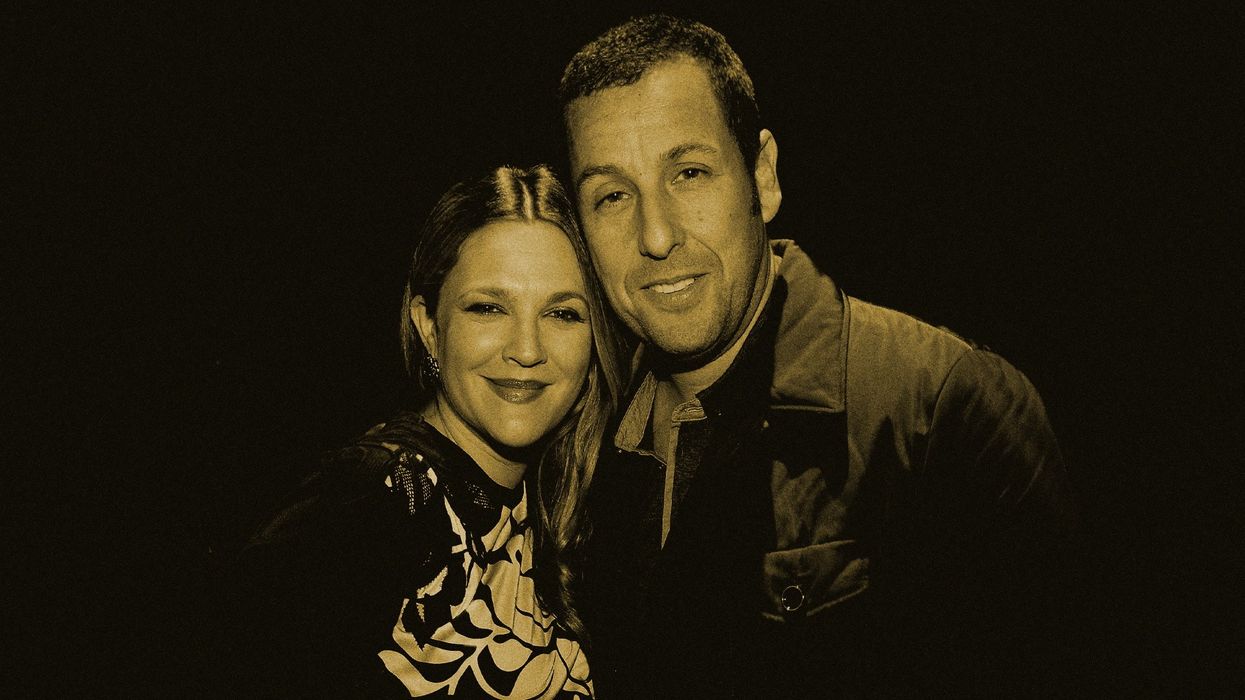
How to Build a Brand in the Digital Age -- An Entrepreneur's Starter Guide
Everything has changed…
Before the digital age, branding was reserved almost exclusively for big businesses and entrepreneurial opportunities were much harder and less accessible.
But now, you can brand yourself on any topic imaginable with one-hundred-percent of your own effort. You can start a business within a matter of minutes from the comfort of your own home and even grow it to near limitless heights. All while sitting in the comfort of your own home.
Branding is a critical aspect of any successful business and that’s equally true for any new solopreneur or business owner. However, while starting a business is easier than ever, knowing how to effectively brand yourself isn’t.
People don’t buy what you do; they buy why you do it. And what you do simply proves what you believe.– Simon Sinek (more Simon Sinek quotes)
Most people make this mistake in the beginning, but it’s important to understand that branding isn’t your logo. It isn’t the flare of color you decide to use alongside black text in your links and buttons, and it’s not your font.
Okay, it does include those things technically speaking, but they pale in importance compared to what really makes a brand. Your logo, color pallet, and other design elements are like the foam on your morning Starbucks: they’re fun, and arise from the substance, but they’re not the substance itself.
Would you buy a cup filled with froth? That’s ridiculous, right? There’s no substance to it – I’m drinking air! But that’s exactly what your logo and other design elements are– they’re something flashy that looks nice but is really just an extension of the real substance – the true essence of your brand. And people don’t buy froth, they buy what you stand for.
So then, how do you formulate your brand, what exactly is it, and how do you build it in the digital age?
Think long-term
First, before you can ever get clear on what your brand is, you need to know where you’re going. What are your long-term goals and the long-term goals of your company? What do you want yourself or the company to grow into over the next ten, twenty, and thirty years?
Especially in the beginning, it’s easier to get clear about your brand when you look to the future and what you want it to be as opposed to reflecting on the present before your brand has even had the chance to mature.
What do you want to stand for?
Now that you’ve gotten clear about where you or your company is going, you can use that to get really clear on your brand identity. There’s one question, in particular, that helps bring clarity to this:
What do you stand for?
In his wildly popular first TED talk, Simon Sinek breaks down what makes Apple such a strong brand and how the greatest brands in the world are able to create a kind of cult-like following. In his talk, he broke down how a lot of companies make the mistake of starting with the “what”, then the “how”, and lastly, the “why”.
Sinek suggests that companies start with why, as in, “why are we doing what we’re doing?” What is the mission, cause, or belief that represents the very essence of everything you stand for as an individual or company? That’s your brand.
Apple, for example, represents freedom of expression. From the old iPod to the iPhone and long-running MacBook, their products specifically target creators, artists, professionals, and anyone else who considers self-expression an important part of who they are. It turns out, it’s something a lot of people care a whole lot about.
Take some time to ask yourself what your personal brand or company stands for. Why are you in business? Do you stand for faith, selflessness, imagination, or something else? What touches you deeply and what do you believe many other people in the world identify with just as you do?
The sweet spot is something you’re passionate about that a lot of other people in the world also care deeply about. This will allow you to communicate most effectively to your target market in a way that is authentic and incredibly powerful.
Generate digital assets which align with your brand
Now that you know what your brand is about, the next step is to take action to build assets which attract your target market and express this brand message to them. Luckily, this is easier than ever to do.
If you want to be a chef, or more specifically, are passionate about cooking and want to be a spokesperson for the importance of healthy and clean eating (and, also, you really just want to be able to cook all day and get paid to do it…), then starting a vlog on healthy eating would help build an asset that then builds your personal brand. To go with this, you could start an Instagram account about healthy eating, build a following, and occasionally refer traffic to that blog. That’s then a second asset that also builds your brand and interconnects with the first, making each stronger.
These videos then show up on YouTube and Google searches and, before you know it, you’re off to the races building your personal brand. And that’s just the tip of the iceberg as far as the kind of assets you can build that will strengthen your brand (and it’s the same with companies).
But it’s the work you did in the beginning to get clear about your long-term goals and what you stand for – your personal brand – that will make all the difference in the years to come. People will be more likely to identify with your message and believe you’re speaking to them. And you are, because you’ll be attracting people just like you that understand how you feel and who also want to live and eat healthier.
Passion, transparency, and a focused vision – this is how you build a brand in the digital age.















